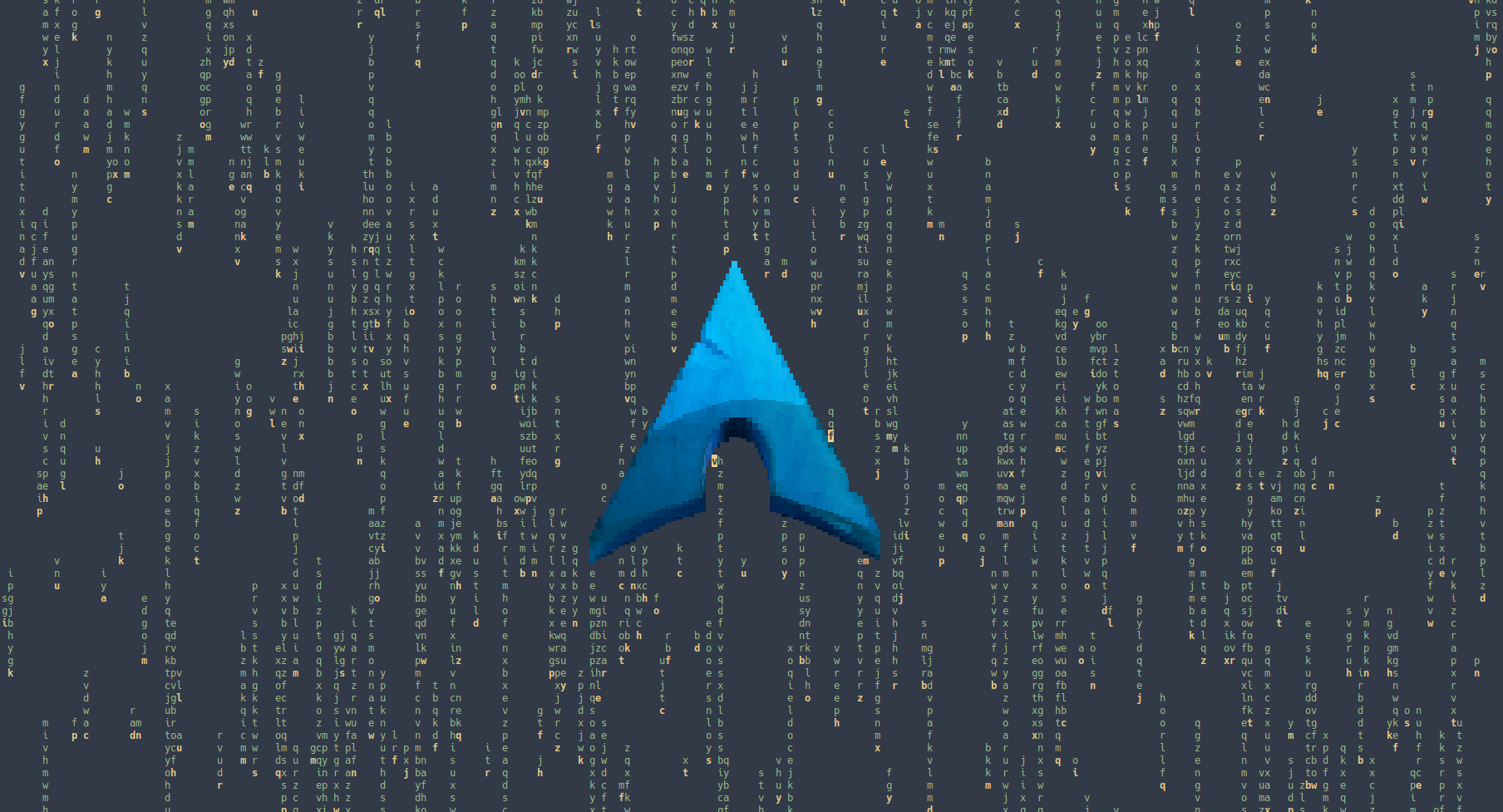Linux
48938 readers
991 users here now
From Wikipedia, the free encyclopedia
Linux is a family of open source Unix-like operating systems based on the Linux kernel, an operating system kernel first released on September 17, 1991 by Linus Torvalds. Linux is typically packaged in a Linux distribution (or distro for short).
Distributions include the Linux kernel and supporting system software and libraries, many of which are provided by the GNU Project. Many Linux distributions use the word "Linux" in their name, but the Free Software Foundation uses the name GNU/Linux to emphasize the importance of GNU software, causing some controversy.
Rules
- Posts must be relevant to operating systems running the Linux kernel. GNU/Linux or otherwise.
- No misinformation
- No NSFW content
- No hate speech, bigotry, etc
Related Communities
Community icon by Alpár-Etele Méder, licensed under CC BY 3.0
founded 5 years ago
MODERATORS
576
577
578
579
580
581
582
33
Has anyone achieved to install a virtual keyboard on Kubuntu 24.04 Wayland session?
(lemmy.kde.social)
583
584
585
586
587
588
589
590
591
592
116
Linux Support Continues For The Now-Canceled Snapdragon X Elite Dev Kit For Windows
(www.phoronix.com)
593
594
595
596
597
598
599
600


 Now I have more time to do actually important work, boo....
Now I have more time to do actually important work, boo....